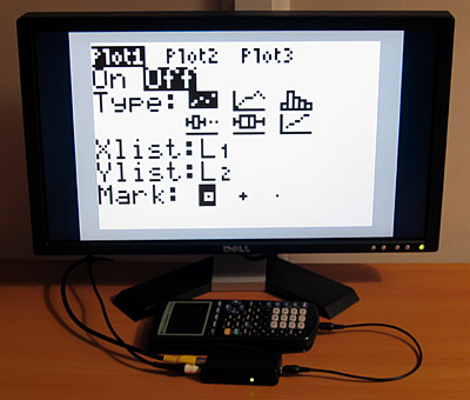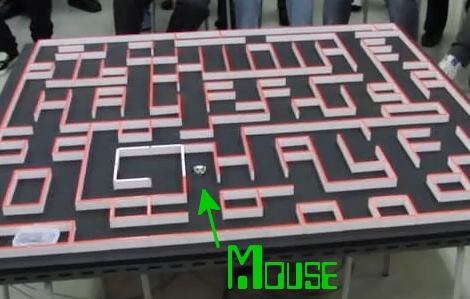
As part of a Master’s Thesis [Lette Moloney] made this exercise bike control Google Street View. The hardware setup is quite rudimentary, two hall effect sensors mounted next to each other detect a magnet that was hot-glued to the crank. When the magnet passes the sensors an Arduino establishes if it was a forward or backward stroke based on which sensor was tripped first. From there a keystroke is issued to Google Street View to move the virtual location accordingly.
One thing we didn’t expect until we saw the video (embedded after the break) is that traversing street view is not a smooth experience. It’s more of a slide show as you exercise. Not a big deal since the hardware setup can be reused with different virtual stimuli. One thing that comes to mind is attaching a camera to the handlebars of your bike and recording your favorite rides during the warm months so that you can replay them during your indoor winter training. Of course that’s going to require some coding to marry the Arduino data to the speed of the video playback but we want to see it done anyway. Wow, image a database that would allow folks to share point-of-view videos of their rides… it’s the only way we’d ever get to see what it’s like to climb your way up Alpe_d’Huez.
We saw a slew of these stationary bike hacks a while back. If this wets your appetite, check in on one with a wearable display, another that also uses Street View, or pedaling to the top of a miniature mountain.
Continue reading “Exercise Along To Google Street View” →


















